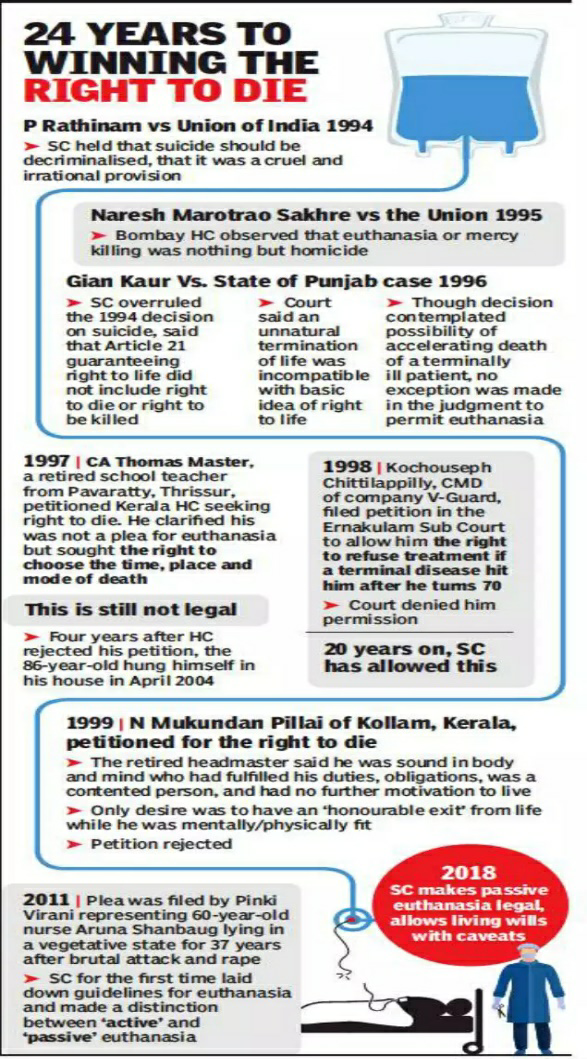Free Courses Sale ends Soon, Get It Now


Free Courses Sale ends Soon, Get It Now



Figure 2: No Copyright Infringement Intended
Types of Euthanasia: Euthanasia can also be divided into two types depending on the type of death.
© 2024 iasgyan. All right reserved